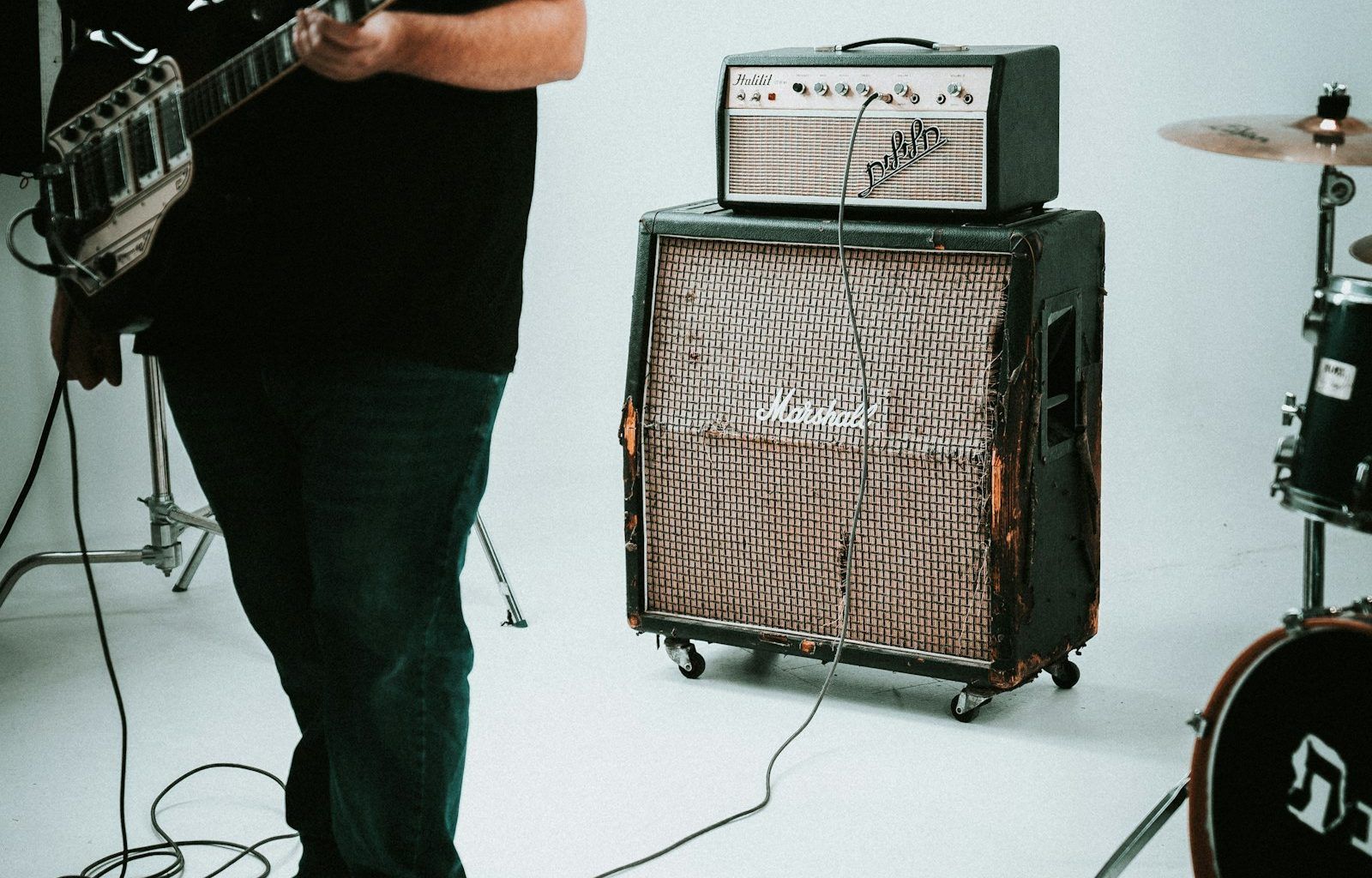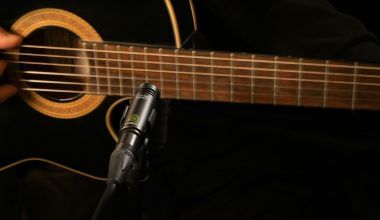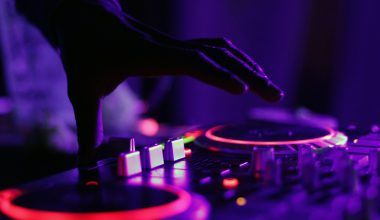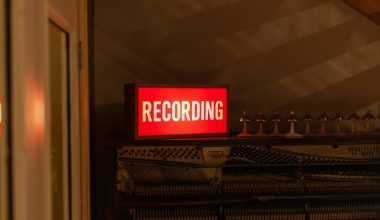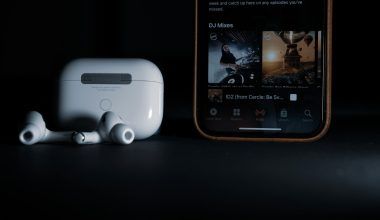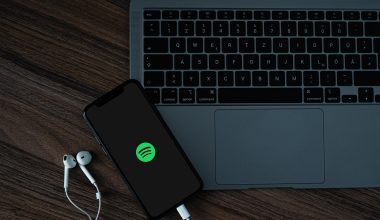set up a music studio is an exciting project that can transform your creative potential. Whether you’re a budding musician, a podcaster, or an audio engineer, having your own music studio lets you dive deep into the world of sound production. The process might seem overwhelming, but with the right steps, you can easily create a space that’s perfect for your needs. This guide will walk you through every step of the journey, from choosing the right space to selecting the best equipment.
Choose the Right Space for Your Studio
Before you think about equipment, it’s important to decide where your music studio will be. The space you choose can significantly impact your recording and production quality. Ideally, you want a quiet area with minimal outside noise and good acoustics.
Think about a room that’s isolated from high-traffic areas in your home. A basement, a spare bedroom, or even a garage can work well. Make sure the space has enough room to comfortably accommodate your gear and let you move around freely.
Tips for Selecting the Best Space:
- Look for a room with minimal windows to reduce external noise.
- Avoid spaces with a lot of hard, reflective surfaces to minimize echoes.
- Ensure the room has adequate electrical outlets for your equipment.
Once you’ve chosen your space, you’re ready to move on to the next step.
Treat the Room for Better Acoustics
Acoustics play a huge role in the quality of your recordings. Even the best equipment will sound subpar if your room has poor acoustics. But don’t worry—fixing this doesn’t require a massive budget.
Start by reducing sound reflections. Adding acoustic foam panels, bass traps, and diffusers can make a big difference. If you’re on a tight budget, rugs, curtains, and bookshelves filled with books can also help absorb sound.
Key Points to Consider:
- Use thick curtains or blinds to cover windows.
- Lay down rugs or carpets to reduce floor reflections.
- Invest in quality acoustic panels for walls and corners.
Good acoustics ensure that what you hear in your headphones or monitors matches what you’ve recorded. This step sets the foundation for everything else.
Gather Essential Music Studio Equipment
Now comes the exciting part—choosing your gear! The type of equipment you need will depend on what you plan to do in your studio. Are you focusing on music production, podcasting, or live streaming? Here’s a general list to help you get started.
Basic Gear You’ll Need:
- Computer: A reliable computer is the heart of your music studio. Choose one with enough processing power to run Digital Audio Workstation (DAW) software without lag.
- Digital Audio Workstation (DAW): This is the software you’ll use to record, edit, and mix your music. Popular options include Ableton Live, Logic Pro, and FL Studio.
- Audio Interface: This device connects your instruments and microphones to your computer. It ensures high-quality sound input and output.
- Microphones: Choose a good condenser microphone for vocals and a dynamic microphone for instruments.
- Studio Monitors: Unlike regular speakers, studio monitors provide an accurate representation of your recordings.
- Headphones: Invest in high-quality studio headphones for detailed sound monitoring.
These essentials will set you up for success, but you can always expand your setup as your needs grow.
Organize Your Music Studio Layout
Once you’ve got your equipment, it’s time to set up your music studio layout. This part is all about maximizing comfort and functionality. Think about how you’ll be moving around the room and arrange your gear accordingly.
Tips for a Functional Layout:
- Place your desk in the center of the room for the best sound distribution.
- Keep your monitors at ear level and slightly angled toward you.
- Use cable organizers to keep wires neat and out of the way.
A well-organized space boosts creativity and helps you work more efficiently.
Learn How to Optimize Your Workflow
Now that your studio is set up, focus on optimizing your workflow. Having the right setup isn’t just about equipment—it’s also about how you use it. Spend time familiarizing yourself with your DAW and learning how to use shortcuts to save time.
Things to Practice:
- Create templates for your projects to speed up your process.
- Organize your files and label your tracks clearly.
- Experiment with different recording techniques to find what works best for you.
An efficient workflow allows you to spend more time being creative and less time troubleshooting.
Expand Your Setup as You Grow
As you become more comfortable with your music studio, you might want to add more gear to enhance your capabilities. Some great additions include MIDI controllers, synthesizers, and advanced plug-ins for your DAW.
Remember, set up a music studio is an ongoing process. You don’t need to buy everything all at once. Start with the basics, and add to your setup as you gain experience and identify what you need.
Setting up a music studio is an exciting journey that opens up endless possibilities for creativity. By following these steps, you’ll be well on your way to creating a space where your ideas can come to life. Whether you’re producing music, recording podcasts, or just experimenting with sound, your studio is your personal creative haven.
For further reading, explore these related articles:
- Explore Global Trending Songs: Music Loved Around the World
- Exploring the Best Song Oscar 2023: A Journey Through Music and Cinema
For additional resources on music marketing and distribution, visit DMT Records Pvt. Ltd..
